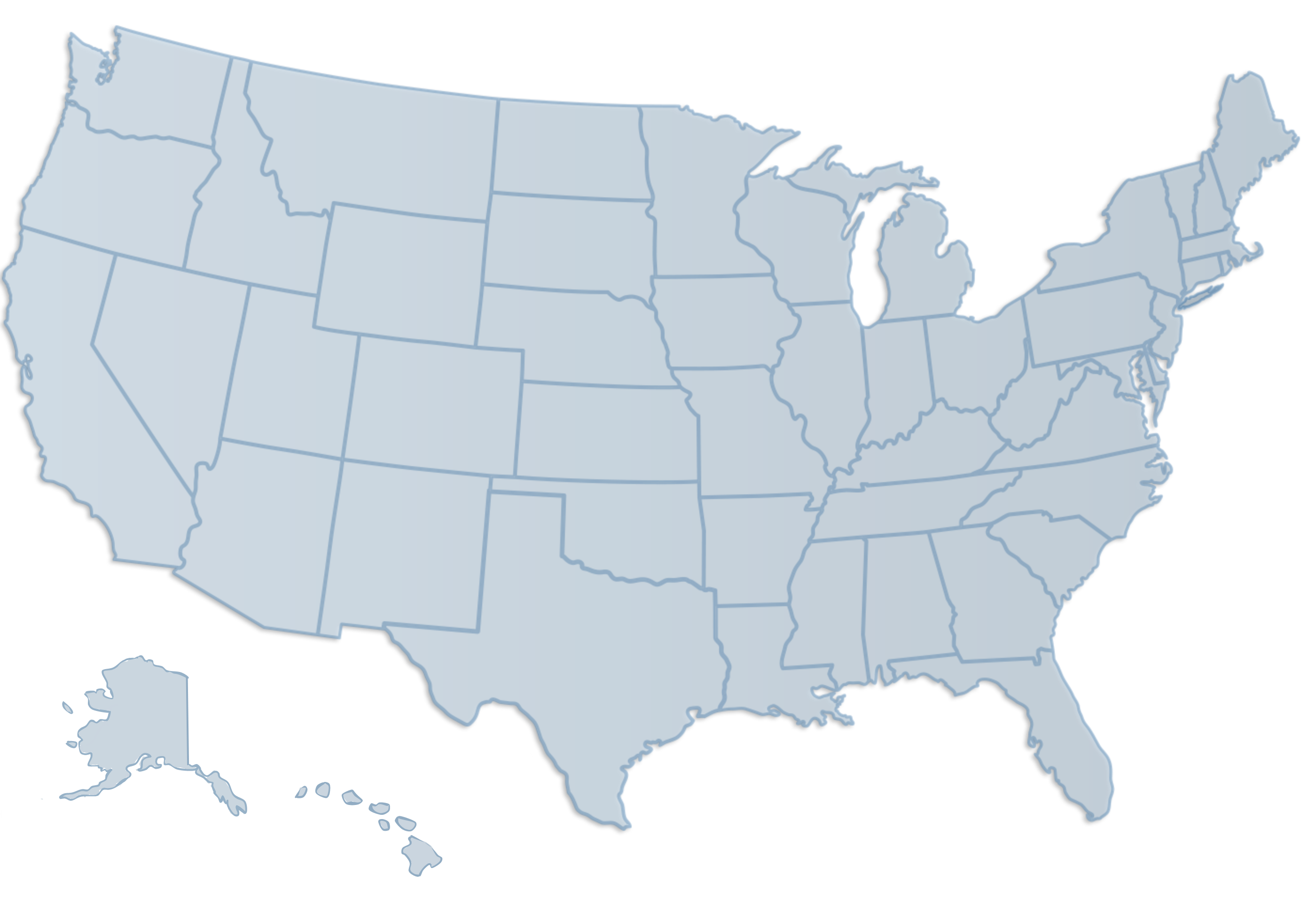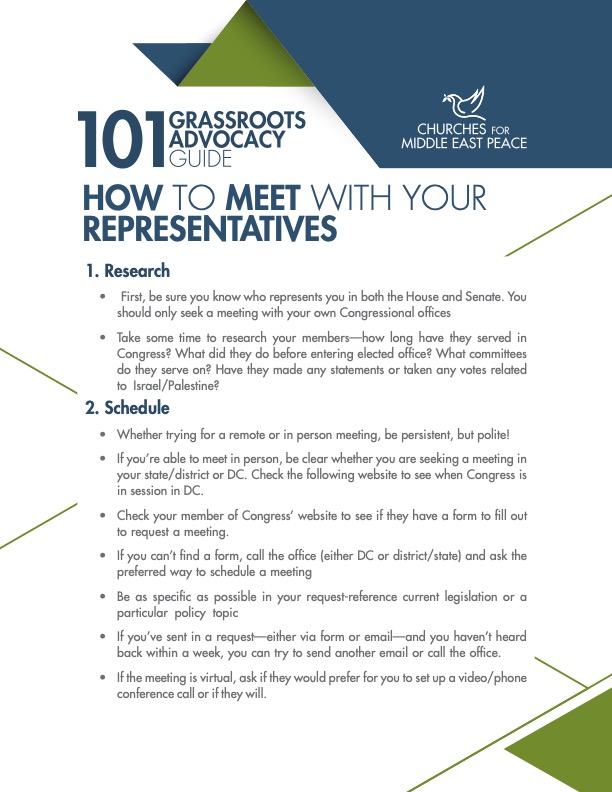Each day without a ceasefire will just bring more suffering, pain, and death to civilians in Israel/Palestine. Churches for Middle East Peace (CMEP) is deeply saddened by the continued violence, bloodshed, and unfathomable level of grief felt by the many Israelis and Palestinians who have lost friends and loved ones. A protracted Israeli military offensive, including a possible ground invasion, could result in considerably more deaths and a broader regional war. CMEP denounces all forms of violence in this conflict and calls for an immediate ceasefire.














 Terri Markos
Terri Markos



 Susan Brogden
Susan Brogden


